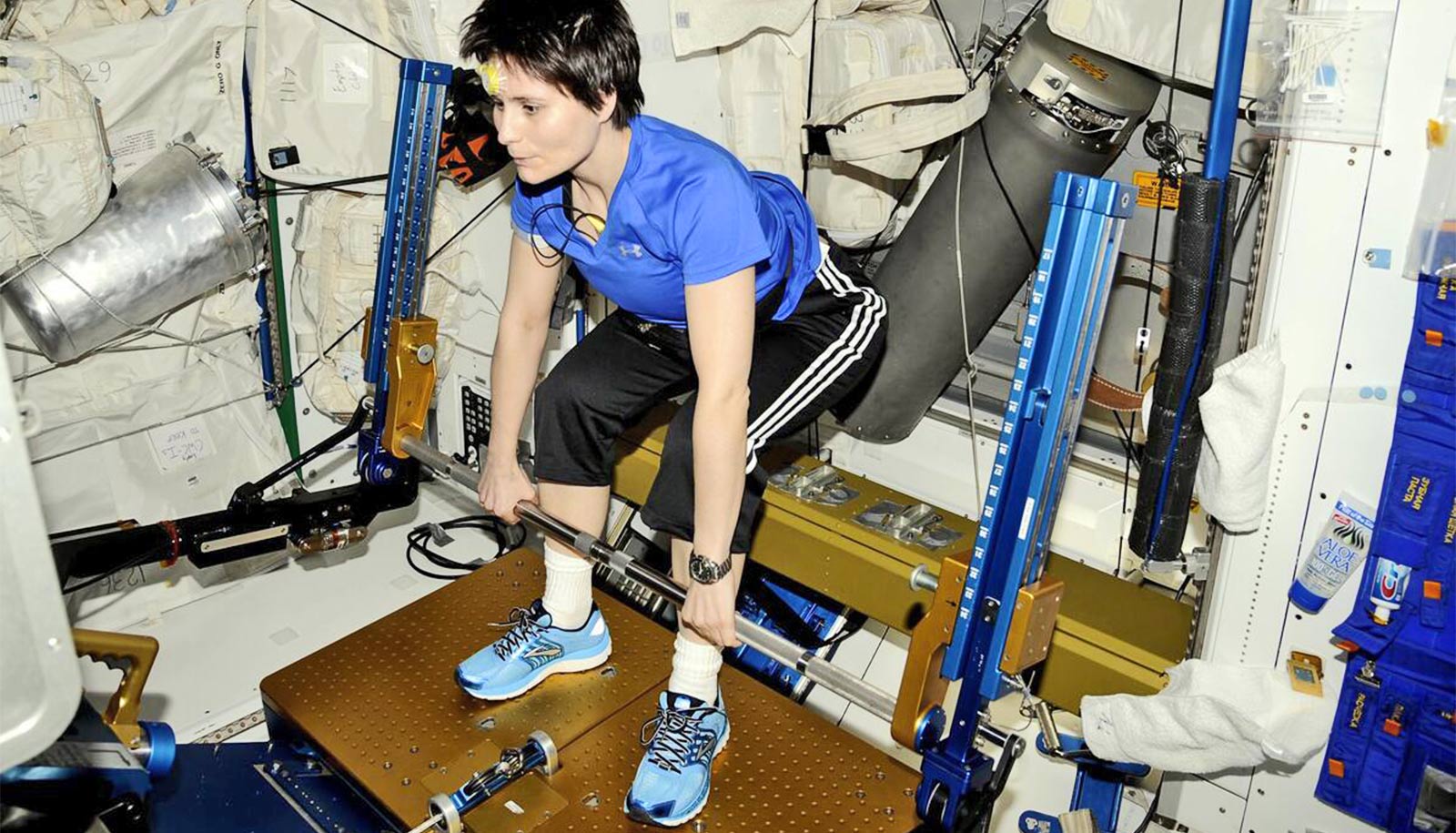Astronomy students sorted through 101 clouds of gas to find those that may be in the first phases of forming massive stars.
“There’s still a pretty open question in astronomy when it comes to massive star formation,” says Jenny Calahan, a recent graduate of the University of Arizona. “How do stars weighing more than eight solar masses form from clouds of dust and gas?”
Astronomers understand this process for stars the size of our sun. Particles in clouds are attracted to each other and begin to clump together. Gravity takes hold and the gases flow to the center of the cloud as it collapses. Over millions of years, the gas is put under so much pressure that it begins to burn, and the star is born when nuclear fusion finally begins in the core of the compressed gas.
Theories about how much gas and time it takes to make a star like our sun can be proven through observations, because each stage of a sun-like star’s life—from the collapse of gas clouds into a pre-stellar core to the star’s expansion into a red giant and collapse into a white dwarf—are observable throughout the galaxy.
But astronomers have yet to understand how stars more than eight times the mass of our sun form. Stars of this size explode into supernovae at the end of their lives, leaving behind black holes or neutron stars.
Two theories
“There are a few theories for massive star formation that work in simulations, but we haven’t seen those initial conditions out in the wild universe,” Calahan says.
One theory is the formation of massive cores, says Yancy Shirley, associate professor in the astronomy department. The massive cores are dense collections of gas several times larger than the star they create. For massive stars, the cores must be at least 30 times the mass of our sun.
“People are having trouble finding objects like that,” Shirley says.
The other theory is that multiple low-mass cores form within a gas clump. The low-mass cores grow as they compete for material in the clump, and eventually, one of the cores grows large enough to form a massive star.
“This is the debate: which of these two pictures is more correct, or is it some combination of the two?” Shirley says.
Find the right ‘clumps’
The first step in answering the question is identifying the earliest phase of star formation, so Calahan, with Shirley’s guidance, set out to find clumps showing signs of collapsing gas motion, called “inflow.”
Calahan selected 101 subjects from a list of more than 2,000 huge, cold, and seemingly starless clouds of gas called starless clump candidates, or SCCs.
Though astronomers have studied SCCs in the past, many of them focused on the brightest and most massive objects. Calahan’s study was unique in that it was a blind survey.
Ranging in size from a few hundred times the mass of our sun to a few thousand solar masses, the SCCs Calahan selected are a representative sample of all gas clouds that have the potential to form massive stars.
Using the Arizona Radio Observatory’s 12-meter radio telescope at the university’s Steward Observatory on Kitt Peak, Calahan detected and tracked radio waves emitted by the molecular gas oxomethylium (HCO+), which emits a specific radio wavelength.
Once Shirley and students use the telescope to identify objects of special interest, like collapsing SCCs, they then study the clumps of interest using ALMA, which can peer deeper into the gas and find stars or other objects that cannot be seen with the 12-meter telescope.
Oxomethylium, one of the more abundant ion molecules in space, is a highly reactive ion that would not survive in our Earth’s atmosphere. When oxomethylium moves towards an observer, the wavelengths are compressed; when the gas moves away from an observer, the wavelengths are stretched.
How cosmic winds stop stars from forming
By analyzing the wavelengths, Calahan identified six SCCs that showed the telltale signs of collapse, suggesting that gas collapse happens quickly, accounting for only 6 percent of the formation process of massive stars.
“One side is falling away from us and one side is falling towards us,” Calahan says.
“The way we’re using it right now is as a pathfinder,” Shirley says. He and the undergraduates use the 12-meter telescope to conduct surveys that identify objects of special interest, like collapsing SCC’s. These clumps of interest are then further studied using ALMA, which can peer deeper into the gas and find stars or other objects that cannot be seen with the 12-meter telescope.
The findings appear in the Astrophysical Journal.
Source: University of Arizona



